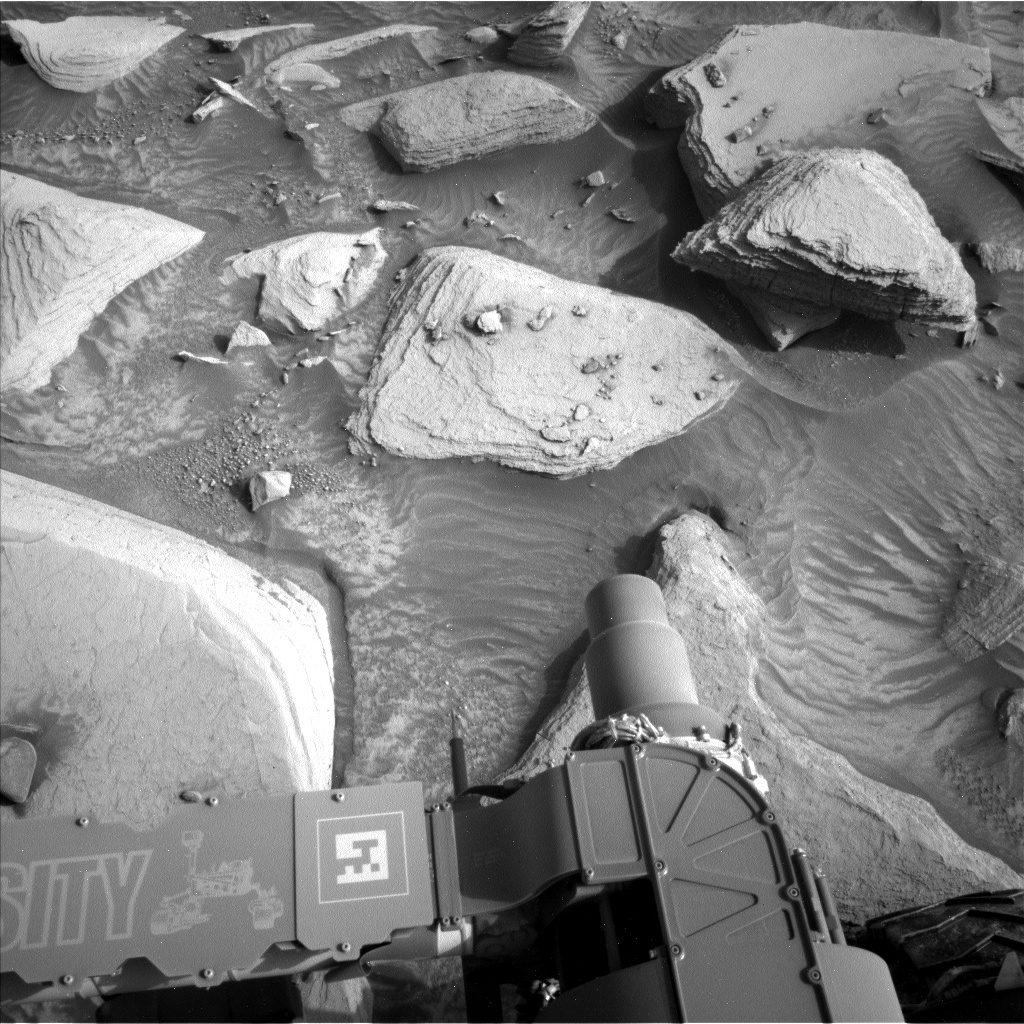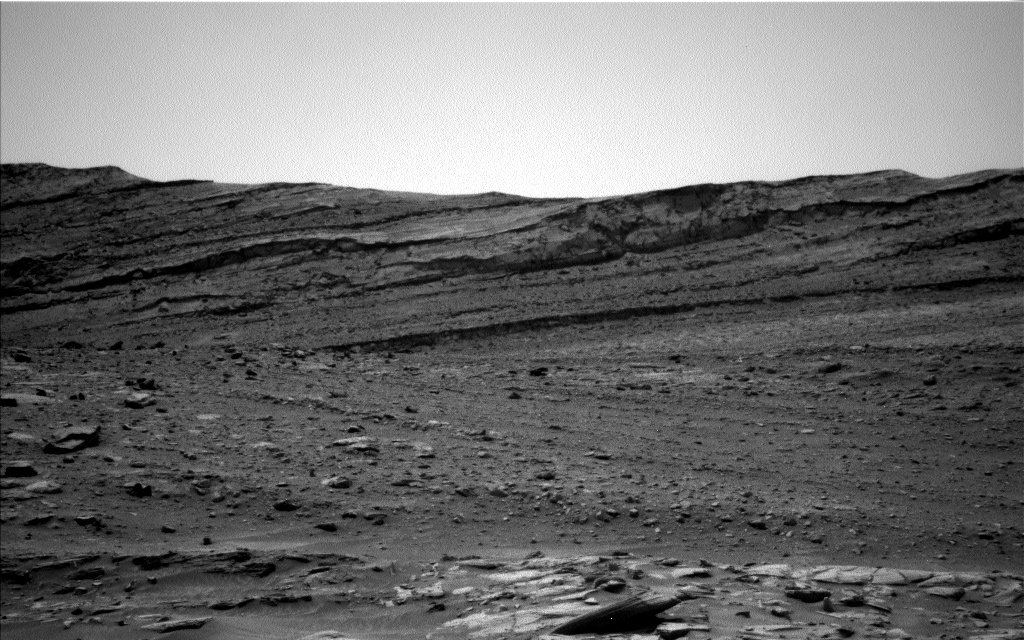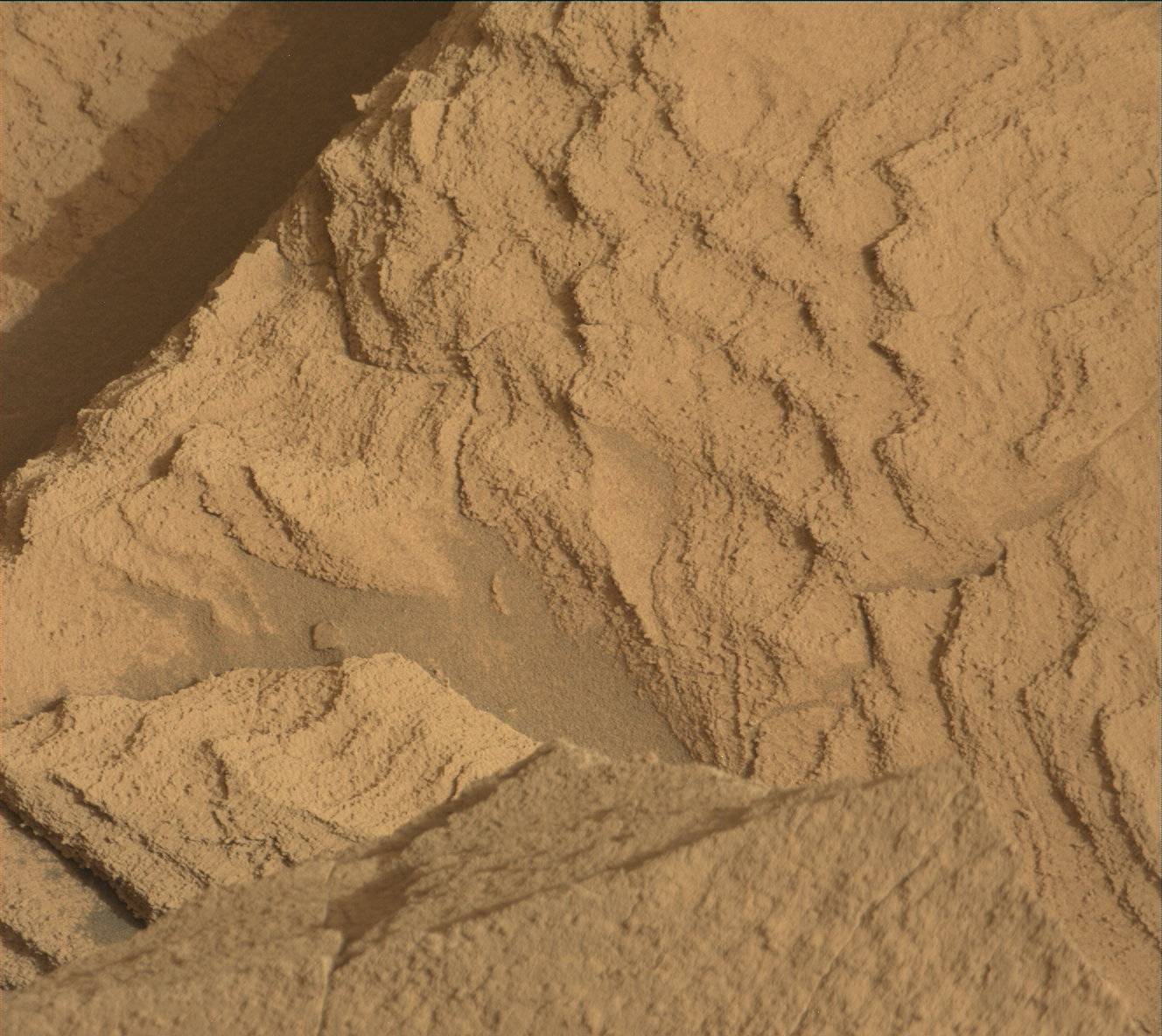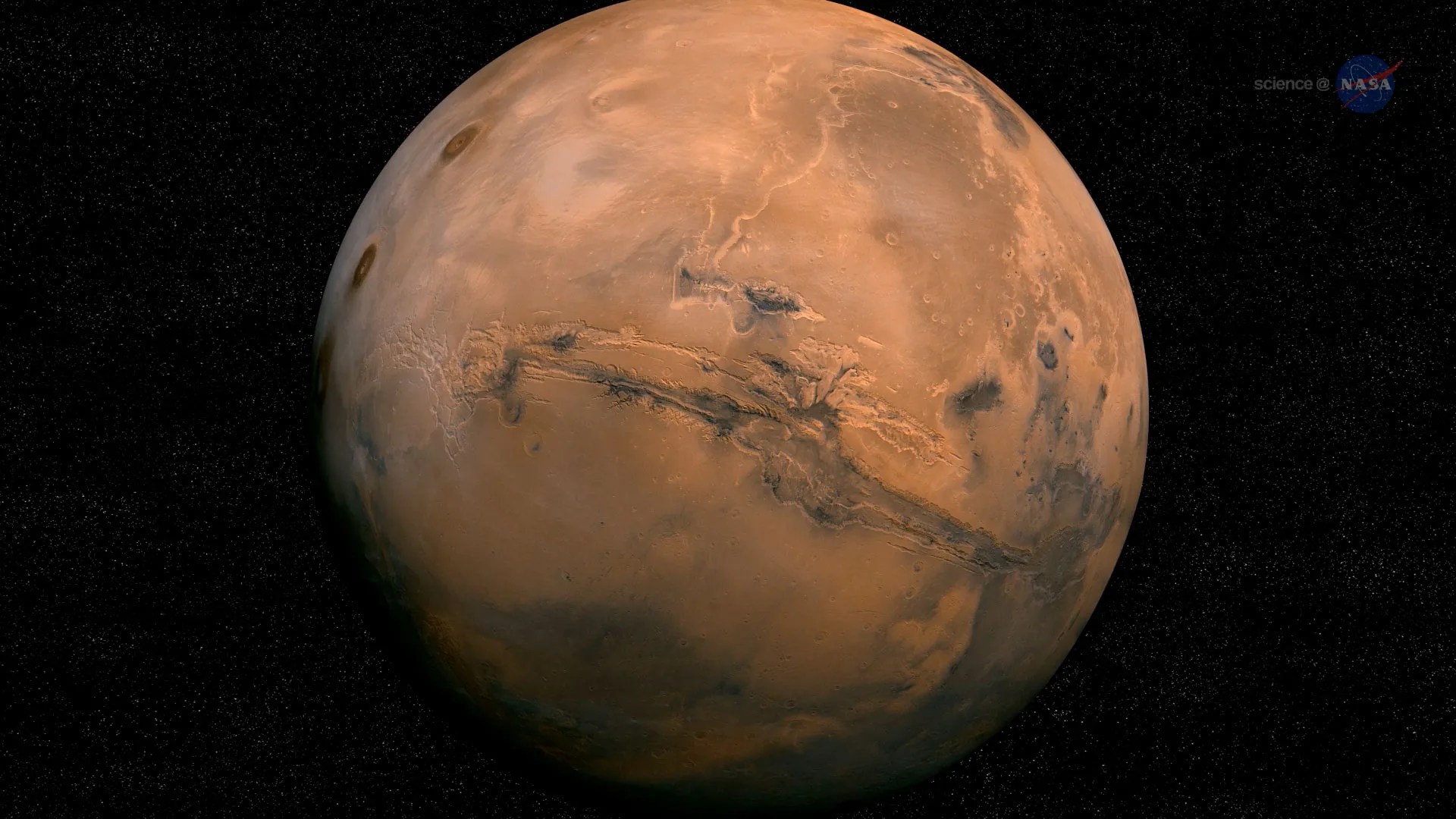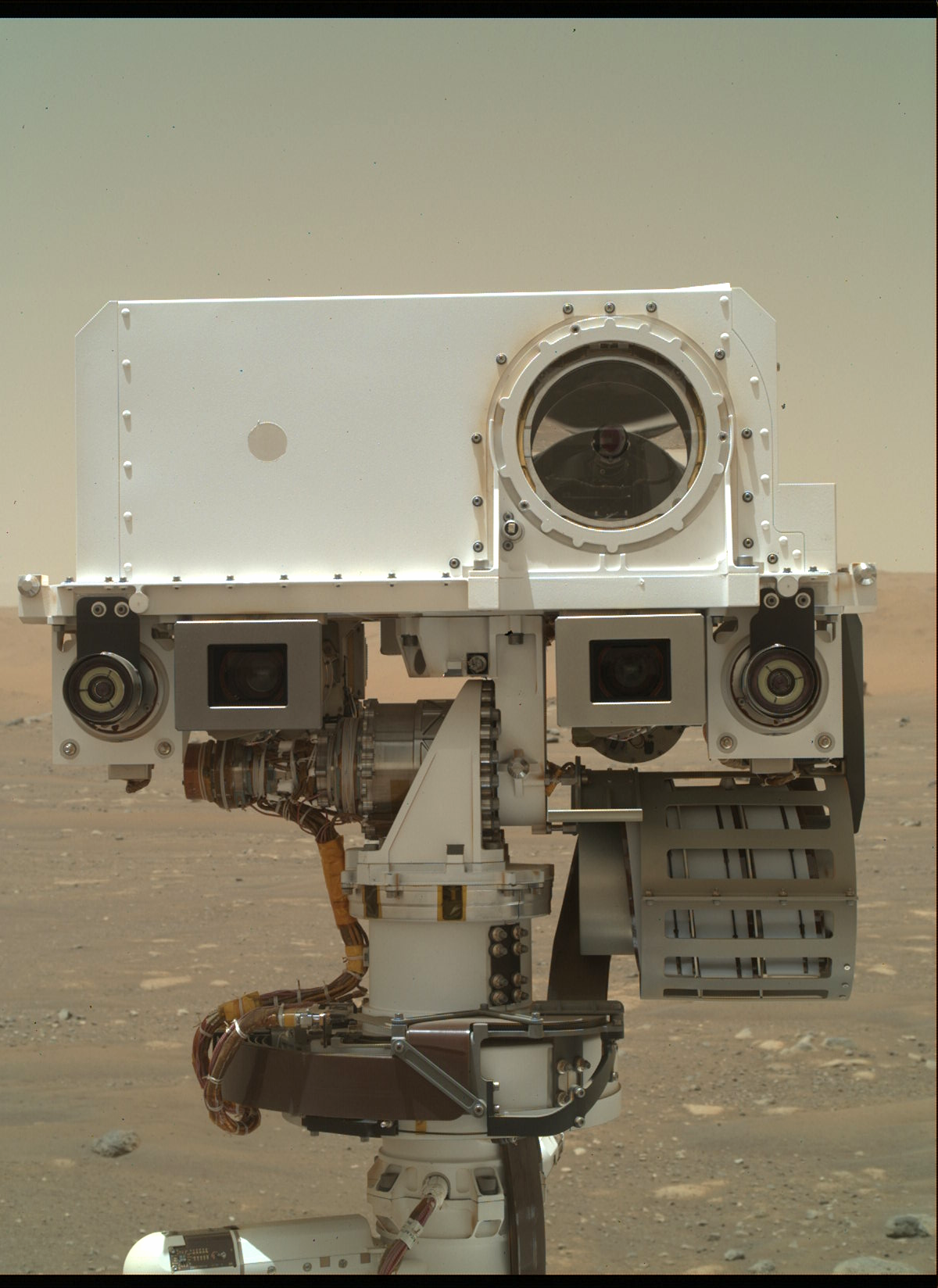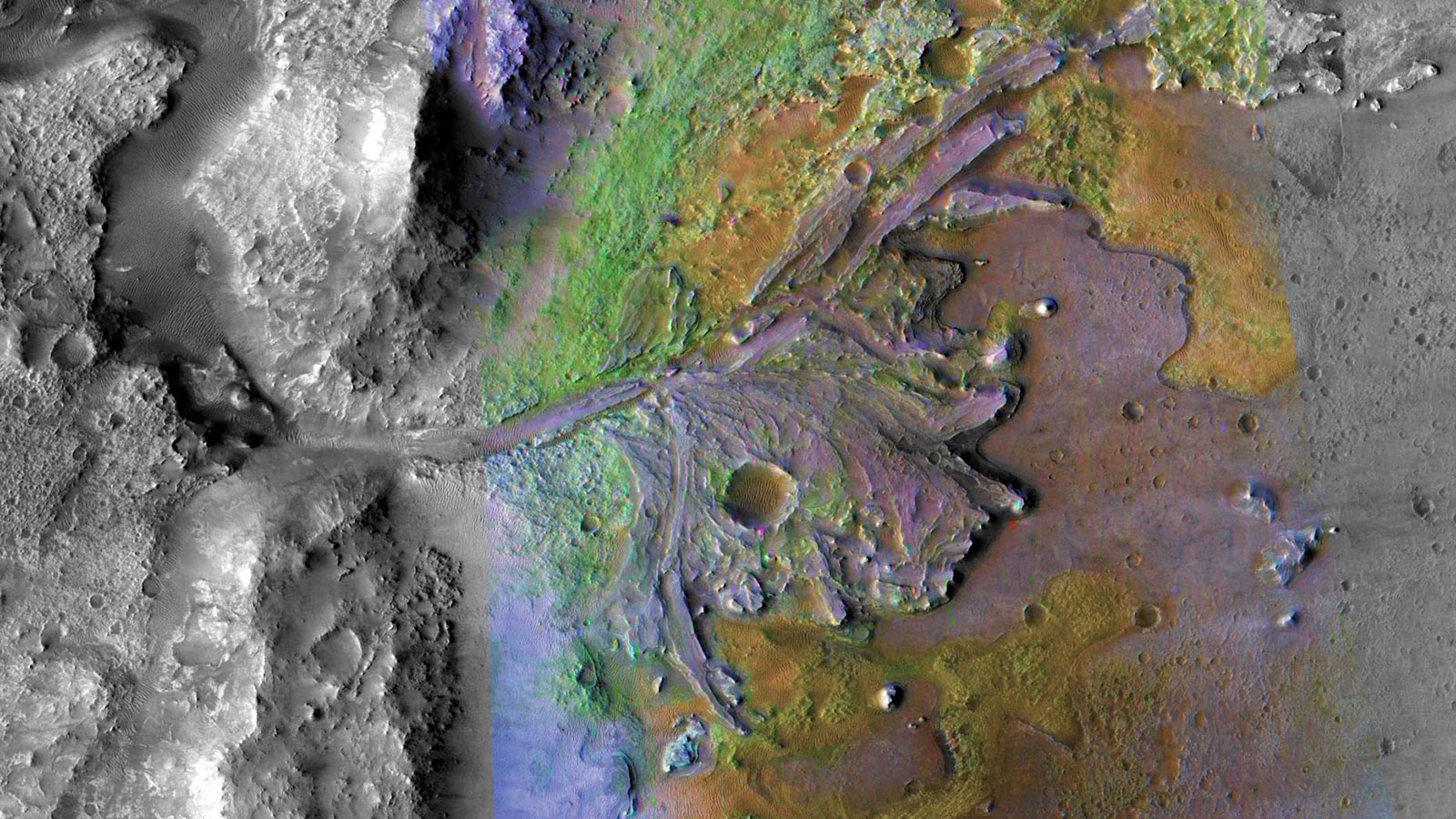2 min read
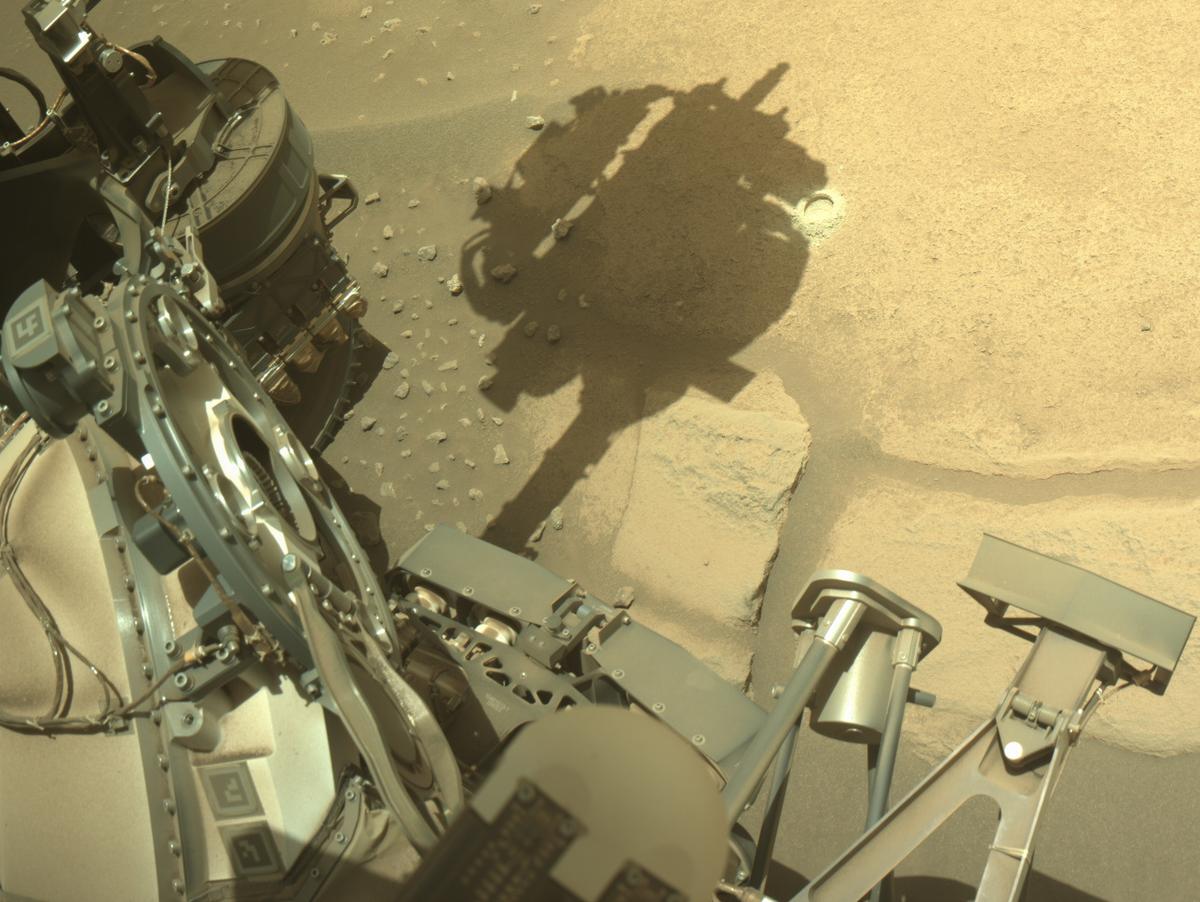
This week on Mars, Perseverance officially kicked off the Margin Campaign by arriving at Mandu Wall and performing the first abrasion of a rock within the marginal carbonate unit! Reaching this destination was no easy feat- it took Perseverance several attempts to successfully navigate a ~350 meter long path through a field of boulders, using a combination of autonomous and directed drives to dodge hazards in the rough terrain. The lithological boundary at Mandu Wall marks an important waypoint along the climb towards Jezero Crater’s rim, as it comprises an abundance of carbonate-bearing rocks hypothesized to have formed through precipitation, as a result of aqueous activity that dominated the once-watery Martian surface several billion years ago. Water-driven alteration of igneous minerals is another possible mechanism that could explain the carbonate’s origin.
The Margin Campaign is dedicated to exploring the origin, alteration, and astrobiological relevance of the marginal carbonates that circle the upper edge of Jezero Crater. How did these rocks form? How have they changed since they formed, and what can their alteration tell us about the evolving Martian environment? What is the relationship between the marginal carbonates and the rocks that surround them? Could any of these carbonates contain potential biosignatures or information about habitability? These are just a few of the scientific questions motivating the Margin Campaign.
This fourth segment of the Mars 2020 mission is expected to take about 230 sols (days on Mars, equivalent to about 8 Earth months) and will see Perseverance rove across the marginal carbonates and up to Jezero Crater’s rim, stopping to conduct remote and proximity science observations and drill up to 4 cores along the way. Upon reaching the rim, Perseverance will transition to the “Inner Rim Campaign” focused on exploring this upper boundary around the edge of Jezero, before finally exiting the crater and continuing on with the “Beyond Jezero Campaign.” In the near term, proximity science observations of the new “Amherst Point” abrasion patch at Mandu Wall are planned for the next few sols as the Margin Campaign marches on. Once downlinked to Earth, this data collected by SHERLOC, PIXL, and SuperCam will help the science team decide whether to drill here – or to look elsewhere and select a different marginal carbonate target to sample for the first core of the campaign!
Written by Denise Buckner, Student Collaborator at University of Florida

